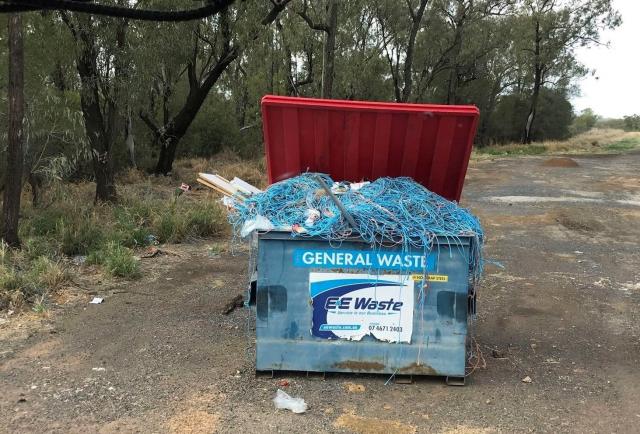The Art of Breaking Ice, by poet and novelist Rachel Mead, is a fictionalised account of the life of Nel Law, the first Australian woman and female visual artist to set foot in Antarctica, at Mawson Station on February 8, 1961.
Prior to that, at the end of 1960, Law visited Macquarie Island, halfway between Tasmania and Antarctica. One of her oil paintings of the island’s penguin colonies is now displayed at the Tasmanian Museum and Art Gallery in Hobart.
Because Australia did not officially allow women to go to Antarctica until 1974, Law made both journeys as a stowaway, smuggled onto the ship by her husband Phillip, a prominent scientist and explorer who served as director of Australian National Antarctic Research Expeditions from 1949 to 1966.
Indeed, history reveals very little about Law – mainly as the wife of the “Man of Antarctica” who was responsible for Australia’s permanent presence on that continent. Even what is known today as her writing and art works, donated to various institutions after her death in 1990, resulted from her husband’s careful curation and annotation.
Now we have a chance to imagine her own voice. In The Art of Breaking Ice, Nel – a fictional version of Law – is placed at the front and centre of the stage that is her husband’s 13th voyage to Antarctica. During most of the journey, she is the only woman among 67 male scientists, researchers and crew onboard the ship.
Nel finds herself surrounded by “misogynist mutterings, sexual rumours, condescending takedowns and blatant intimidations” – a male-dominated workplace where she is seen as baggage and appendage of worthy, capable, intelligent and highly-distinguished men, who demand that she be always easygoing, non-threatening, taking every mockery as a joke.
In her words: “It is so wearing. Being watched, all the time. Not just how I looked, but what I was doing, who I spoke to, and how I spoke. It was exhausting… My face ached from constantly smiling, yet I still found myself the butt of gossip.”
Unable and unwilling to rely on her husband, who refuses to see her sketches and paintings as work, Nel is determined to turn her predicament into an opportunity to explore and empower herself as an artist. Against the backdrop of a harsh Antarctic landscape, her journey of self-making is astounding and awe-inspiring.
Readers should keep in mind that The Art of Breaking Ice is a novel inspired by real events. It is neither a biography nor a feminist work. Rather, as the author describes it, it is a story about love, about long-term relationships and living in a spouse’s shadow, about mid-twentieth-century gender roles, and about the art-science binary.
In Mead’s words: “It is my hope that [Nel] inspires others as she has inspired me. To seize the moment. To not allow fear to hold us back. And to refuse to let the long shadows cast by history and tradition make us doubt ourselves our limit the scope of our dreams.”







